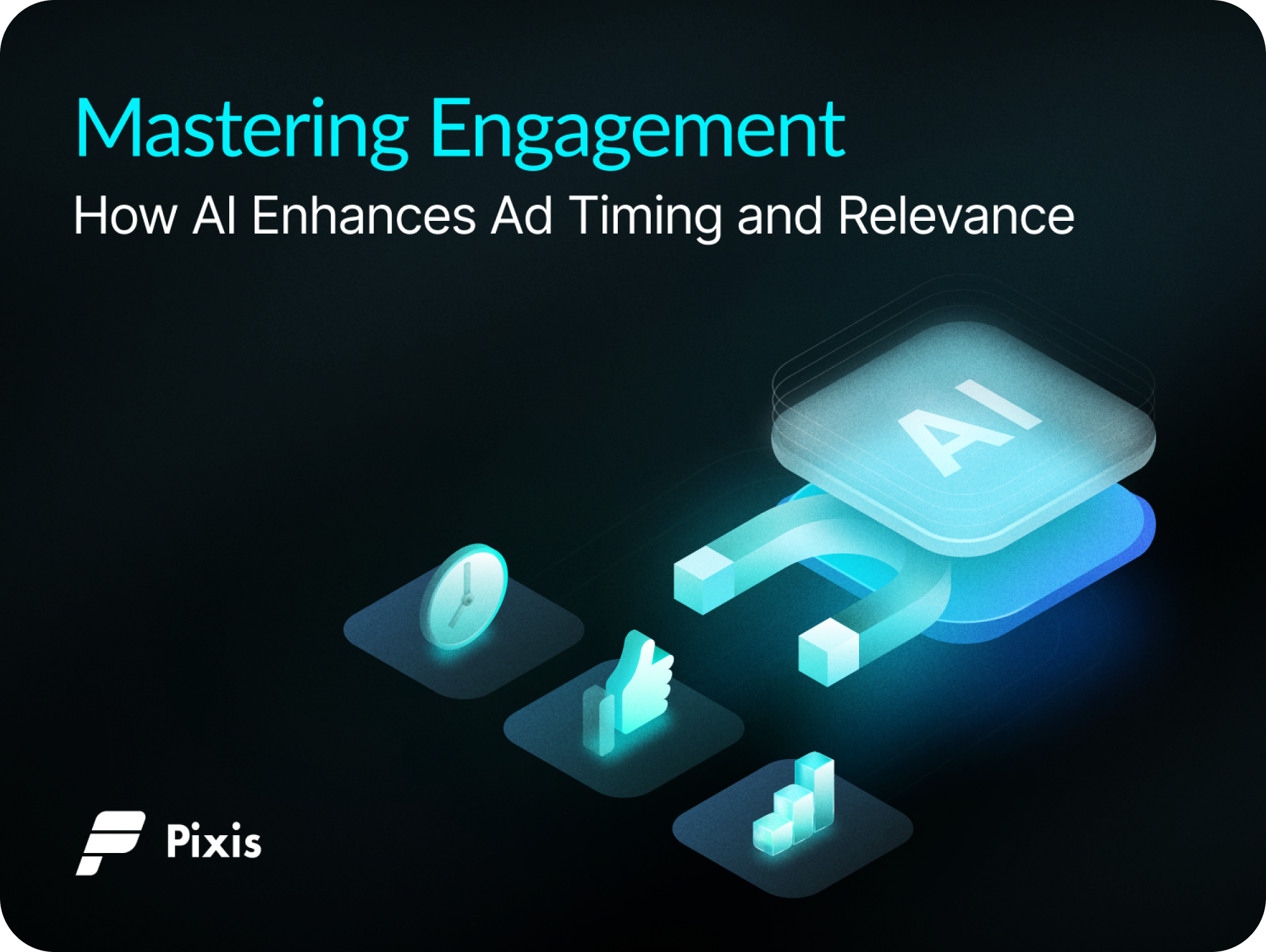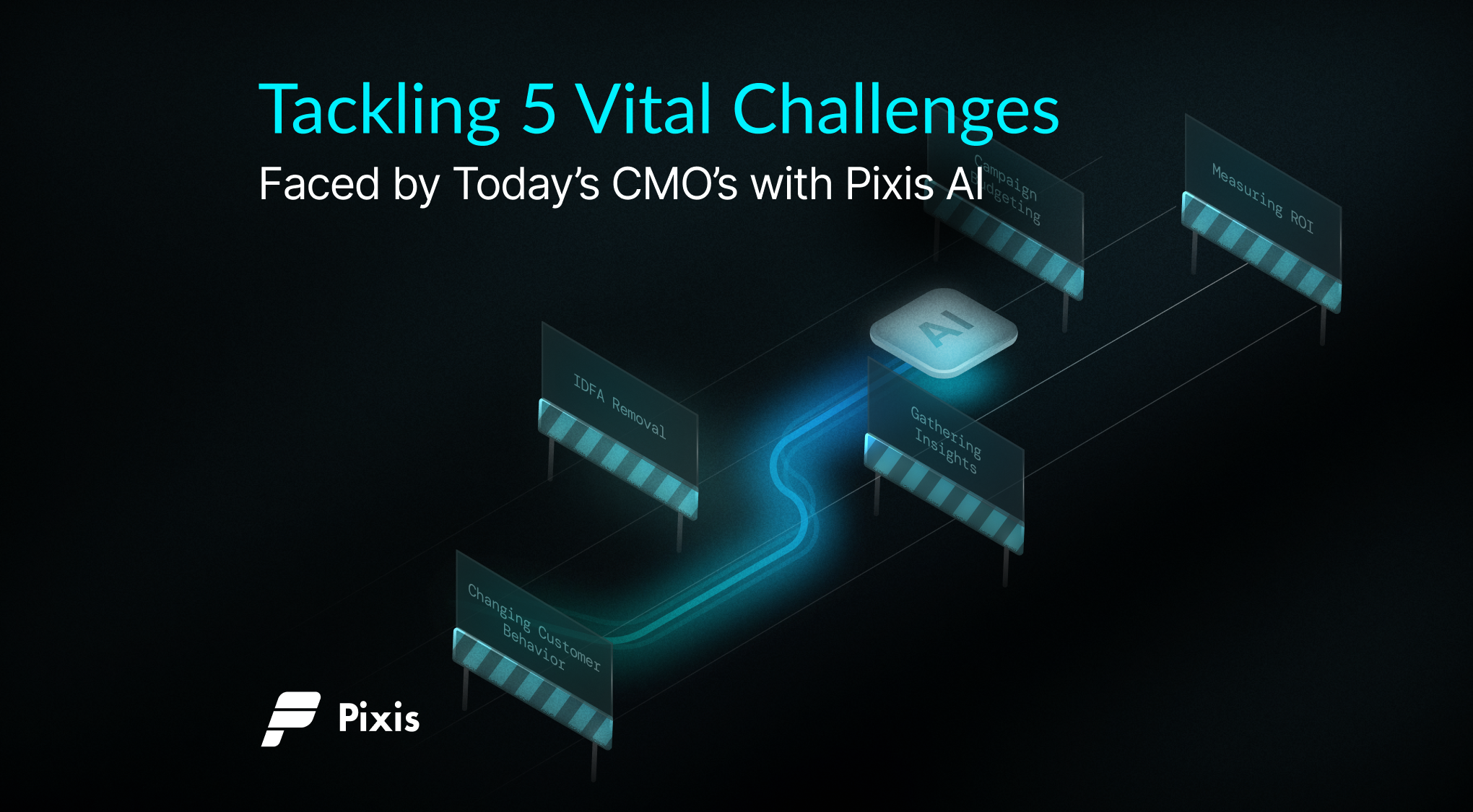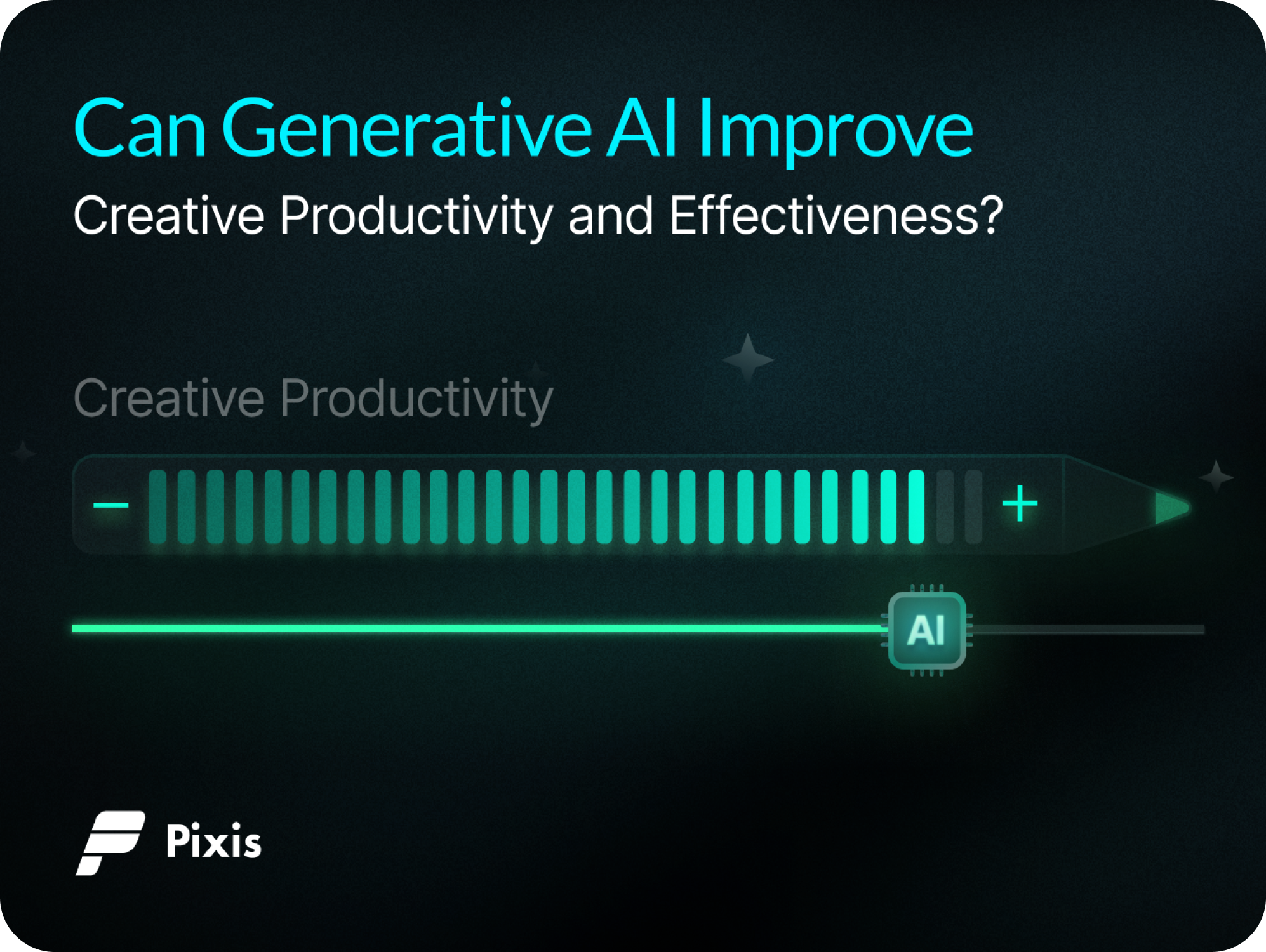AI-led Deep Sentiment Analysis: Another Game Changer?
Understanding consumers’ sentiment is not an easy task. They could say one thing, but do something absolutely different. Decoding their perception in today’s ever-evolving market is complex but predominantly important.
Why, you ask?
According to research, almost 80% of buying decisions are made by consumers based on emotions. And understanding these emotions can foster deeper emotional connections across all key moments with customers. This can increase their lifetime value while also decreasing their likelihood of switching brands.
But this task is easier said than done.
There is always a need for context when marketers begin analyzing consumer communications. Be it analyzing their engagement in ad campaigns or consumer research, marketers spend thousands of hours decoding consumer perceptions.
And we don’t blame them.
Think about it, understanding what thousands of consumers mean in thousands of contexts – sounds impossible. It is extremely arduous for human teams to read every qualitative answer to arrive at accurate analyses on time. AI-led feeling analysis can bridge this gap between marketers and consumers.
Meet the ‘Feeling Efficiency AI’.
A combination of Natural Language Processing (NLP) and Neural Networks (NN) algorithms helps the marketer decode sentiments behind vast amounts of unstructured data. There are numerous ways AI is more effective than human-based teams. The advantages of AI-led research are:
Accurate and Precise:
It’s practically impossible for marketers to do a word-by-word analysis of everything a customer says or communicates. With NLP, AI can analyze latent emotions in consumer communication.

Rich and Actionable:
Not only are Feeling AI-powered insights accurate, but they are also incredibly actionable. It enables researchers to effortlessly analyze human emotions and subconscious behavior. Insights generated from this analysis can be interpreted and visualized for agile decision-making.
Bias-free:
Many times, humans unconsciously allow personal biases to creep into their consumer data analysis. It may not be intentional but it results in inaccurate insights. Feeling AI removes the inherent bias of a moderator or respondent.
AI systems are impartial in their analysis, thereby providing the marketer with accurate unbiased information.
Scalable:
Despite the complexity of tech involved, NLP and NN-based algorithms can easily be scaled across different consumer research methodologies. Remotely generating consumer insights, faster research delivery, and real-time response analysis are some of the features that make AI-based research better than traditional methods.
Be it analyzing the likelihood of a customer recommending a brand to a peer (NPS), or measuring website health – accurate feeling analysis leads to successful research. Following are the researches that can be conducted utilizing AI.
Types of AI-Led Research

Tomorrow’s Sentiment Analysis, Today
The ability to leverage consumers’ emotional attributes to recognize and exploit opportunities is one of the biggest, most important opportunities for companies going forward. AI, today is the biggest enabler for brands in becoming a more consumer-aware company. What’s in it for brands? Increases CLV, customer loyalty, and a better brand image. And we couldn’t be more thrilled to help you on this quest.
Stay tuned for our next AI-volution blog. Shoot us a demo if you want to see all of this in action.




